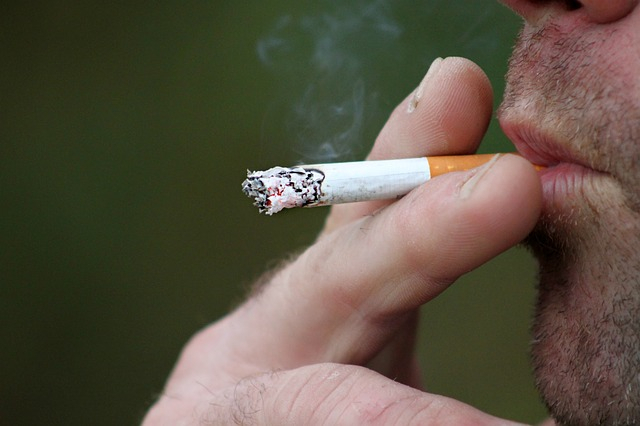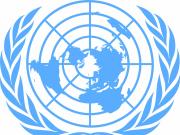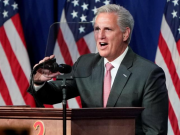
Cigarettes are the second leading contributor to the poverty line in Indonesia after rice, the official statistics show. Traditional cigarettes (kretek) account for 11.17 per cent of the poverty line in an urban area and 10.37 percent in rural areas. The latest figure raises the question of whether the hike in cigarette prices will affect the poverty rate in 2020.
While rice is the leading contributor to Indonesia's poverty line, accounting for 20.35 per cent of the poverty line in an urban area and 25.82 per cent in the rural one. Other food components contributing to the poverty line are eggs, instant noodles, and meat.
According to the Statistics Center Agency (BPS), the percentage of people living in poverty in September 2019 stood at 9.22 per cent (or equal to 24,97 million people). The figure was down 0.19 per cent compared to that in March 2019 and 0.44 per cent compared to the same period last year.
How much do low-income families spend on cigarettes?
The BPS data for the 2006-2017 discovered expenses for cigarettes came as the second-highest household expense in rural and urban low-income families.
Previously, data from the Global Adult Tobacco Survey (GATS) in 2011 showed that the most impoverished families in Indonesia spent 12 per cent of their income on cigarettes.
Such a figure raises concern over how families prefer spending their budget on cigarettes to other priorities like education and healthcare, as then Indonesia's Health Minister Nila F.Moeloek stated in 2016.
"While there could be many reasons that children drop out of school, one of them might be because the parents are not focusing enough on funding their children's education. Even though the government has provided financial assistance for education, why is it only eight years?" she said as the Jakarta Post quoted.
Azas Rigor Nainggolan, an anti-smoking activist, called on the government to pay attention to the effort to curb the impact of tobacco-related products, citing a survey from Forum Warga Kota Jakarta posted in Detik that 70 per cent of smokers come from low-income families.
The tobacco industry is seen as a savior to cover the deficit of Indonesia's healthcare and social security agency (BPJS) and sponsor world-class events. The excise of the tobacco industry covered the healthcare deficit of Rp 10 trillion in 2018.
Nainggolan claimed that the income of tobacco excise for the BPJS was Rp 150 trillion, while the BPJS has spent Rp 600 trillion on tobacco-related illnesses.
The increase in cigarette prices and the poverty line
The BPS Chief Suhariyanto stated that the hike in cigarettes triggered by the rise in tobacco excise effective on January 1, 2020, would not significantly reduce the poverty rate due to the different types of cigarettes smoked by wealthy and low-income families.
Ironically, low-income families' income is not affected by soaring cigarette prices. Therefore, the BPS West Nusa Tenggara office head Suntono stated the government must intensify the anti-smoking campaign due to tobacco's role in contributing to the poverty rate.
"Low-income families buy cigarettes at a relatively high price, meaning they cut their consumption of rice, fish, or meat. This consumption pattern will reduce calorie consumption to below 2.100-kilo calories per capita per day. Of course, this habit affects poverty," Suntono told journalists on January 15.









